The key aesthetic aspect of The Alpha Invention which I repeat to the crew just as much as I repeat on this blog is the shards of light coming through the Venetian blinds. It immediately signals the genre to an audience and cues expectations of the story (which we can play with!).
Therefore, I wanted to ensure that we can achieve a suitably noiry look ahead of time - when we get to set it's vital that every moment possible is spent capturing footage, time can't be wasted testing out different gels on the lights or smoke intensities - so Michael and I went about finding a place to perform a test shoot.
We eventually found a ground floor apartment where we could set up a single key light outside. Once that was done we ignited a single smoke pellet which I bought from a local DIY shop. You can see the results below.
Therefore, I wanted to ensure that we can achieve a suitably noiry look ahead of time - when we get to set it's vital that every moment possible is spent capturing footage, time can't be wasted testing out different gels on the lights or smoke intensities - so Michael and I went about finding a place to perform a test shoot.
We eventually found a ground floor apartment where we could set up a single key light outside. Once that was done we ignited a single smoke pellet which I bought from a local DIY shop. You can see the results below.
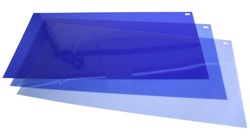 CTB gels.
CTB gels. This is no where near a "final look", it simply allowed us to experiment with different aperture and ISO settings and confirm that we definitely can see those shards of light.
We started bright for the first take as that is when there was the most smoke in the room. You can see the shards but there's not a lot of contrast in the image, everywhere is well lit, and those who know their noir will tell you that you need areas of the image that are as dark as possible juxtaposed with those which are well lit.
For the next take we altered the ISO setting and now you can see those areas of black, however, it's still not quite right. It's only in the last take that the camera settings and the gels have a hit a sweet spot. The table surface is not too bright and there are long shadows being cast onto the floor. Either side of the frame the blacks are now contrasting very well with the centrally lit areas. The only thing lacking in this shot is the smoke, which has dispersed quite a lot by this time. On shoot day we will take the set up of shot 4 with the smoke intensity of shot 2.
You may also notice that the last two takes are actually bluer. This is due to us placing CTB gels over the light outside. For those who are unfamiliar with the term, CTB gels are, for all intents and purposes, sheets which alter the colour temperature of the light. We upped the amount of CTB used until we found a look that was near enough to the colour conveyed in the concept art.
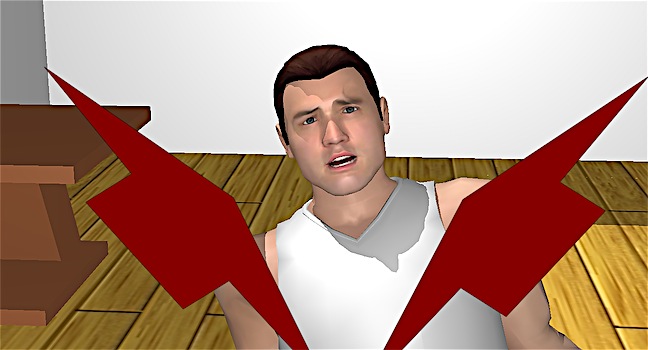

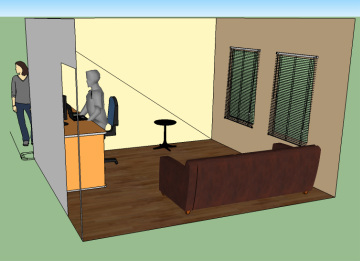

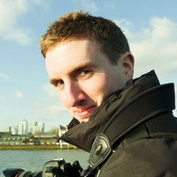
 RSS Feed
RSS Feed
